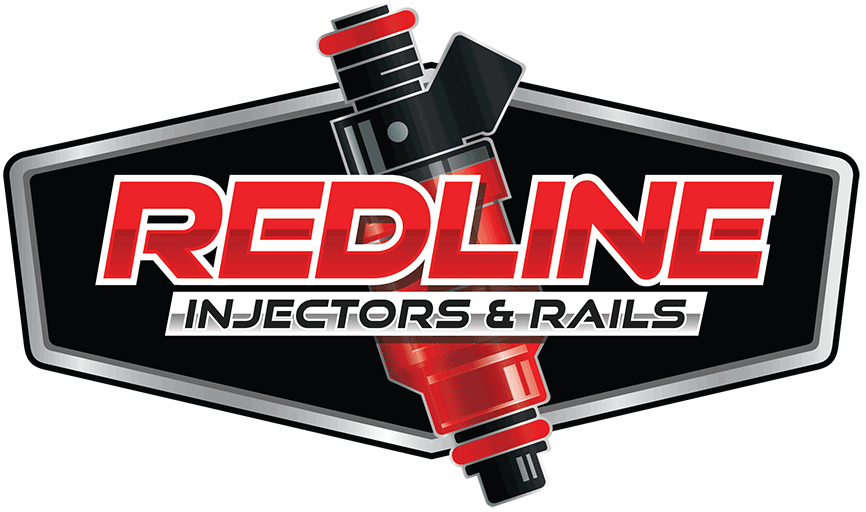Piezoelectric injectors and GDI injectors (Gasoline Direct Injection injectors) are both types of fuel injectors used in modern internal combustion engines, but they differ significantly in terms of technology, performance, and functionality. Here’s a breakdown of the key differences between them:
- Injection Mechanism:
- Piezoelectric Injectors:
- Technology: Piezoelectric injectors use piezoelectric actuators to control the opening and closing of the injector nozzle. When an electrical current is applied to the piezoelectric material, it changes shape (expands or contracts), which in turn opens or closes the injector valve.
- Precision: These actuators offer very precise control over the injection process, allowing for multiple injections per cycle. The piezoelectric material can change shape rapidly and with high precision, enabling finer control over the amount and timing of fuel injected.
- GDI Injectors:
- Technology: GDI injectors typically use solenoid actuators (electromagnetic valves) to control the opening and closing of the nozzle. When an electrical current is passed through the solenoid, it creates a magnetic field that moves a plunger, which opens or closes the injector.
- Precision: While solenoid-based injectors are still quite precise, they are not as fast or responsive as piezoelectric injectors. This can limit the ability to perform multiple injections per cycle as effectively as piezoelectric injectors.
- Piezoelectric Injectors:
- Injection Control and Timing:
- Piezoelectric Injectors:
- Multiple Injections: Piezoelectric injectors are capable of multiple injection events per engine cycle, offering more refined control over the combustion process. This capability allows for optimizing combustion efficiency, improving power output, and reducing emissions.
- Faster Response Time: Because piezoelectric actuators can respond more rapidly than solenoids, piezo injectors allow for finer timing adjustments in real-time, which contributes to better fuel atomization and improved combustion efficiency.
- GDI Injectors:
- Single or Multiple Injections: Traditional GDI injectors (with solenoids) can also perform multiple injections, but the frequency and control are generally not as advanced as with piezoelectric injectors. However, newer GDI systems with advanced solenoid injectors may also provide multi-injection capabilities.
- Slower Response Time: Solenoid actuators have a slower response time compared to piezoelectric actuators, which can limit the precision of fuel injection control, especially at very high engine speeds.
- Piezoelectric Injectors:
- Fuel Atomization and Combustion Efficiency:
- Piezoelectric Injectors:
- Better Atomization: The faster response time and greater precision in piezoelectric injectors contribute to more finely atomized fuel. This can lead to better mixing with air, more efficient combustion, and improved performance, especially in engines that require high precision.
- Improved Combustion: The ability to deliver multiple injections per cycle allows for better control over the combustion process, optimizing efficiency, reducing knocking, and improving fuel economy.
- GDI Injectors:
- Good Atomization: GDI injectors, particularly in high-pressure systems, also provide excellent fuel atomization. However, the precision is typically less than that of piezoelectric injectors, especially under heavy load conditions.
- Good Combustion Control: While GDI systems are efficient in terms of fuel delivery, they may not achieve the same level of fine-tuned combustion optimization as piezoelectric injectors in certain high-performance or low-emission applications.
- Piezoelectric Injectors:
- Durability and Reliability:
- Piezoelectric Injectors:
- High Durability: Piezoelectric injectors are typically more durable and reliable over time because they have fewer moving parts than solenoid-based injectors. However, the piezoelectric actuators themselves can be sensitive to extreme conditions (e.g., high pressure or temperature) and may require more sophisticated materials to ensure longevity.
- GDI Injectors:
- Potential for Wear: GDI injectors with solenoid-based actuators tend to experience more wear over time, especially in high-performance applications, as the solenoids are subject to more mechanical stress. Additionally, GDI injectors are more prone to issues like carbon buildup around the nozzle, which can affect injector performance.
- Piezoelectric Injectors:
- Cost and Complexity:
- Piezoelectric Injectors:
- Higher Cost: Due to the advanced technology and the precision involved in piezoelectric actuators, piezoelectric injectors tend to be more expensive than traditional solenoid injectors. The manufacturing process is more complex, which also contributes to the higher cost.
- GDI Injectors:
- Lower Cost: Solenoid-based GDI injectors are typically less expensive to manufacture compared to piezoelectric injectors. They are widely used in most modern GDI engines, and their manufacturing process is less complex.
- Piezoelectric Injectors:
- Applications:
- Piezoelectric Injectors:
- Performance and High Efficiency: Piezoelectric injectors are often used in high-performance or premium engines where precise fuel delivery, power output, and emissions control are critical. They are found in some luxury cars, sports cars, and other applications that demand high engine performance and fuel efficiency.
- GDI Injectors:
- Mainstream Applications: GDI injectors are more commonly used in mainstream vehicles. They offer a good balance of performance, efficiency, and cost, making them suitable for a wide range of passenger cars and light trucks.
- Piezoelectric Injectors:
Summary of Key Differences:
| Aspect | Piezoelectric Injectors | GDI Injectors |
|---|---|---|
| Actuation Mechanism | Piezoelectric actuators (electromechanical) | Solenoid actuators (electromagnetic) |
| Injection Control | Very precise, multiple injections per cycle, fast response | Less precise, fewer injections, slower response |
| Fuel Atomization | Superior atomization due to faster response and precision | Good atomization, but less precise than piezoelectric |
| Combustion Efficiency | Better due to fine control over combustion | Efficient, but not as finely tuned as piezoelectric |
| Durability | More durable but sensitive to extreme conditions | Potential for wear over time, especially with carbon buildup |
| Cost | Higher cost due to advanced technology | Lower cost, more common in mainstream applications |
| Applications | High-performance or luxury vehicles | Mainstream vehicles |
Conclusion:
- Piezoelectric Injectors are typically used in applications where precision, multiple injections, and superior fuel atomization are critical for performance, fuel efficiency, and emissions control.
- GDI Injectors (solenoid-based) are more common in mainstream engines due to their lower cost and good fuel delivery but may not achieve the same level of refinement as piezoelectric injectors in terms of performance and combustion control.
